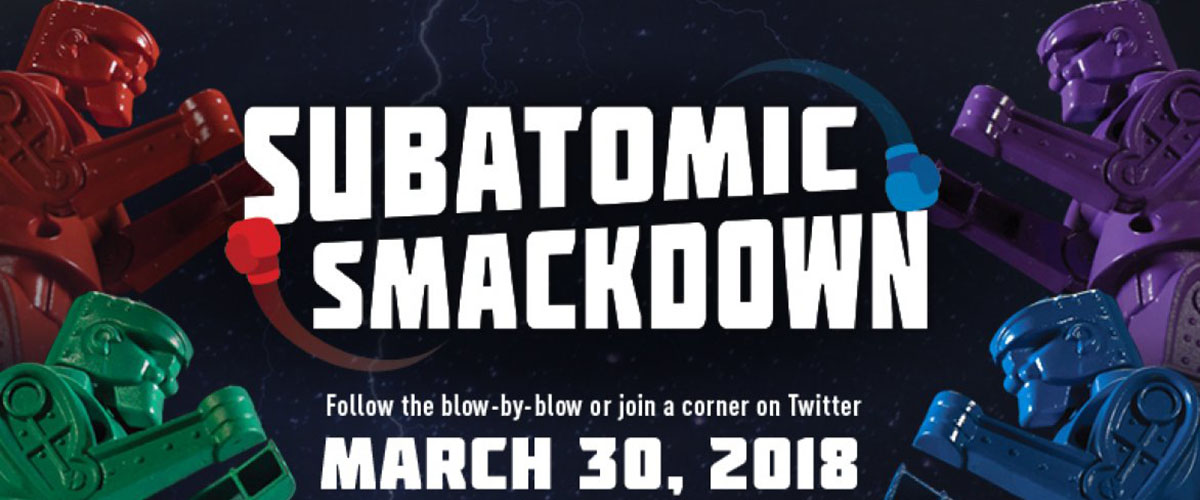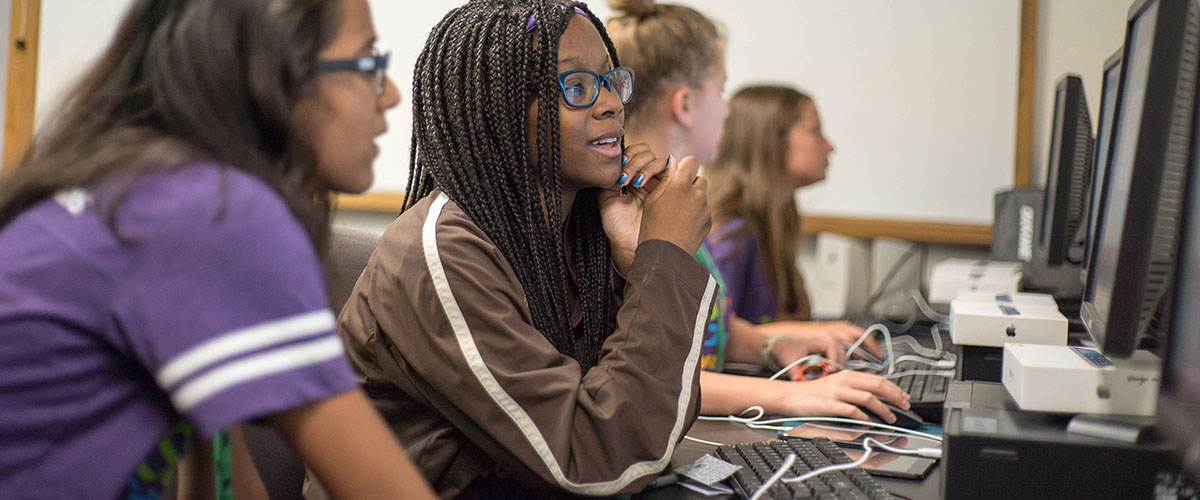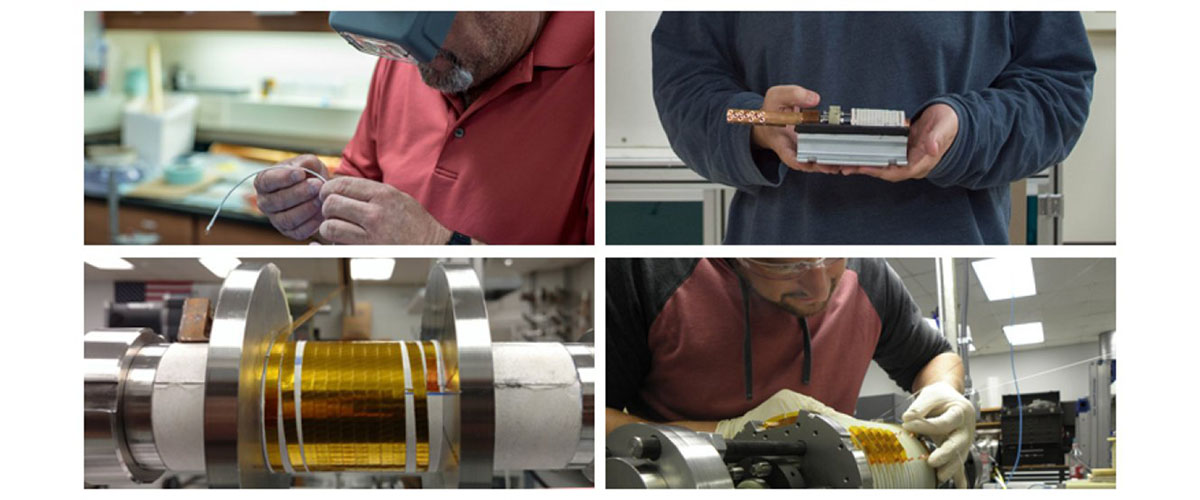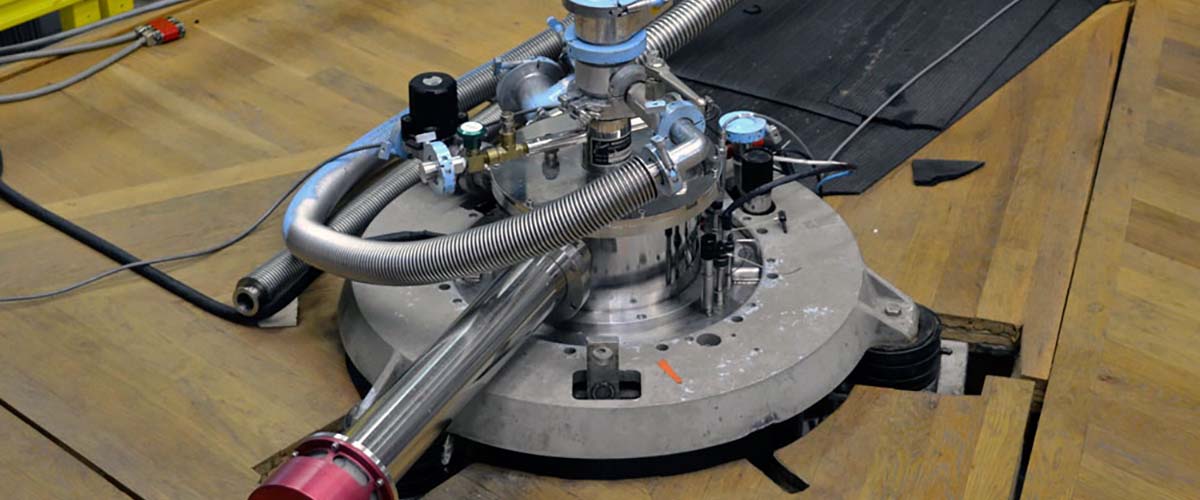Contact: Kristin Roberts or Kathryn Jepsen
LOS ANGELES, Calif.— A battle brewing since the dawn of time is about to come to a head, and an international team of scientists and science writers are exploiting the fray to get people excited about physics, research and the nature of science.
Get ready, physics fans, for the Subatomic Smackdown, a war of words and wit (and, in one case, poetry) pitting four subatomic particles against each other to determine once and for all which is the most awesome in the universe. The contenders: the electron, neutron, photon and proton. The winner: to be determined by scientists and science fans through a Twitter vote later this month.
The Smackdown was launched last month when a set of four arguments penned by scientists and communicators, channeling their pet particles, was published in two niche, popular science publications, Symmetry and fields magazines. Symmetry, which focuses on particle physics, and fields, about research using high magnetic fields, partnered on the package.
"Obviously, all of these subatomic particles are valuable and important," said physicist Laura Greene, past-president of the American Physical Society and chief scientist at the National High Magnetic Field Laboratory, which puts out fields magazine and where physicists conducting materials research obsess over electrons. "But the Smackdown is a playful opportunity to engage and educate people about how cool and consequential physics is. It also showcases two traits that make for great science: creativity and competition."
As if to demonstrate, Greene added, "The electron has this battle in the bag!"
Each particle has in its corner some powerful supporters, including scientists and communicators from SLAC National Accelerator Laboratory, the Institute for Quantum Matter at Johns Hopkins University, Oak Ridge National Laboratory, Fermi National Accelerator Laboratory, the National Institute of Standards and Technology and the University of Göttingen.
"I was impressed that representatives from so many different institutions were willing to lend a hand to put this together," said Kathryn Jepsen, editor of Symmetry magazine, a joint publication of SLAC and Fermi National Accelerator Laboratory. "It's a labor of love from folks who love science."
The battle will intensify during the last week of March, when each team will take to Twitter to argue why its particle deserves the title. Smackdown supporters can follow every jab at #SubatomicSmackdown. The quantum clash will culminate in a March 30 Twitter vote, posted by @NationalMagLab and @Symmetrymag, that will determine the winner.
A press conference on the Subatomic Smackdown is scheduled for March 7, 2018, at 1:30 p.m. PST, at the American Physical Society's March Meeting in Los Angeles, Calif. To watch go to http://apswebcasting.com and login.
Read the full-length Smackdown at symmetrymagazine.org/article/subatomic-smackdown or at Subatomic Smackdown, or watch the video below for a dramatization starring MagLab scientists performed at the MagLab Open House.
Story by Kristen Coyne






